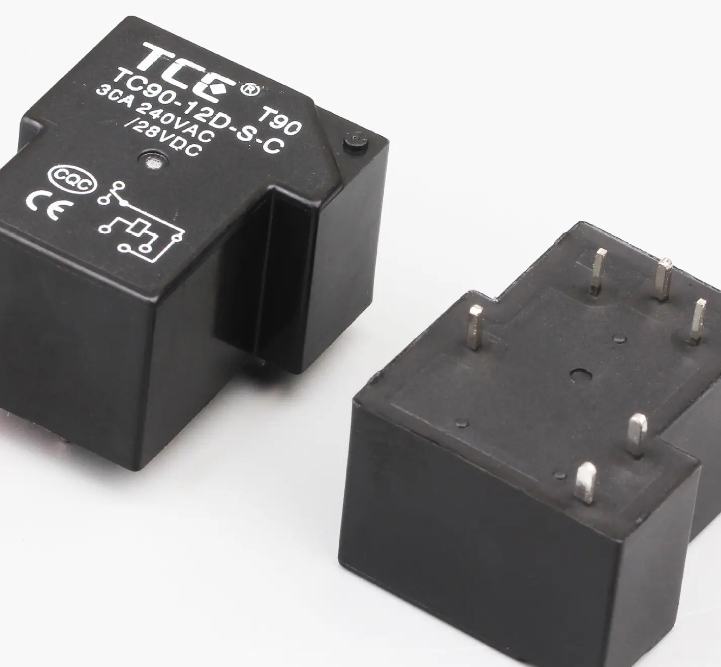Intermediate relays, as an indispensable component of electronic control systems, play a vital role. Its main function is to increase the number and capacity of contacts in relay protection and automatic control systems, thereby achieving the purpose of transmitting intermediate signals in the control circuit. This article will deeply explore the working principle, structural characteristics and application of intermediate relays in modern electronic control systems.
Working principle and structural characteristics of intermediate relay
The working principle of the intermediate relay is similar to that of the AC contactor in many aspects. The main difference lies in the amount of current it passes. In contrast, the main contacts of the contactor can withstand larger currents, while the contacts of the intermediate relay are limited to smaller currents. This characteristic determines that intermediate relays are mainly used in control circuits rather than main circuits. Generally speaking, intermediate relays do not contain main contacts because their overload capabilities are weak, but use more auxiliary contacts.
In the new national standard, the intermediate relay is defined as "K", while in the old standard it is "KA". This type of relay is usually powered by a DC power source, although AC power is also used in rare cases. Since it is designed to control large current with small current, control high voltage with low voltage, and expand contact ports, it is widely used in automation control systems such as PLC (Logic Programmable Controller). Especially where electromagnetic isolation is required to prevent high voltages from interfering with the control system, intermediate relays play a key role.

The importance of intermediate relays in practical applications
The intermediate relay is not only a bridge connecting the control circuit and high-power load, but also an important tool to achieve electromagnetic isolation and protect the control system from high-voltage interference. In PLC control systems, the use of intermediate relays is particularly important. Considering that the output of most PLCs is transistor output, directly driving high-capacity loads may result in insufficient driving. In addition, since the relay is an inductive load, self-induction will occur at the moment of power outage, which can easily damage the instrument. Therefore, the use of intermediate relays can effectively avoid this problem, especially when high-power equipment needs to be controlled. Contactors can be controlled through intermediate relays to drive motors of hundreds of kilowatts.
The structural design of the intermediate relay adopts a "U" shaped magnet and a double core structure to adapt to the needs of different types of relays. For example, the DZ series relay adopts a valve-type electromagnetic design, and realizes the opening and closing control of the contacts by assembling a coil and a movable armature on the "U"-shaped magnet conductor. This structural design enables the intermediate relay to maintain a certain gap between the contacts and the armature in the non-action state. When the electromagnetic torque exceeds a certain value, the armature is attracted to the conductive magnet, thereby pushing the contact shrapnel to achieve a normally closed contact. opening and closing of normally open contacts.
By deeply understanding the working principle and structural characteristics of intermediate relays, we can better apply this key component in various electronic control systems to achieve more precise and safer control. The wide application of intermediate relays has demonstrated its irreplaceable value in automation technology, industrial control and other fields, and plays a vital role in improving the reliability and efficiency of the system.
